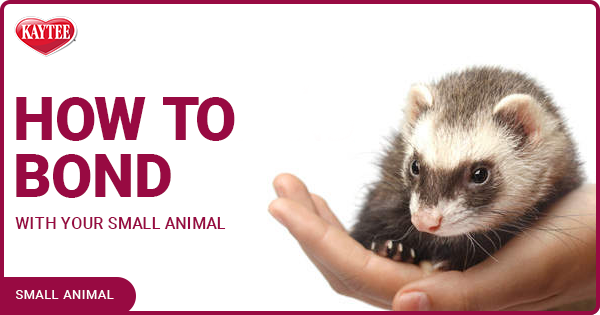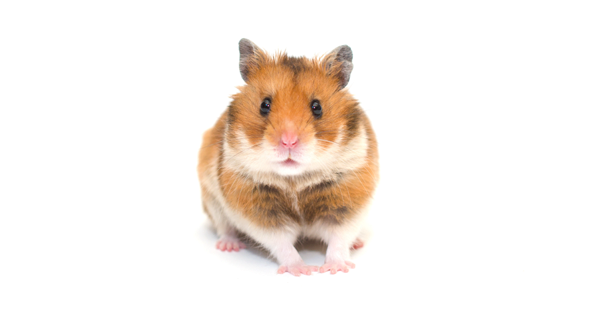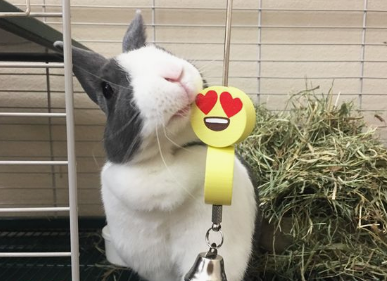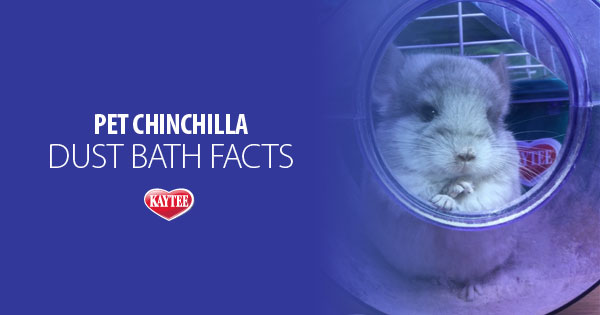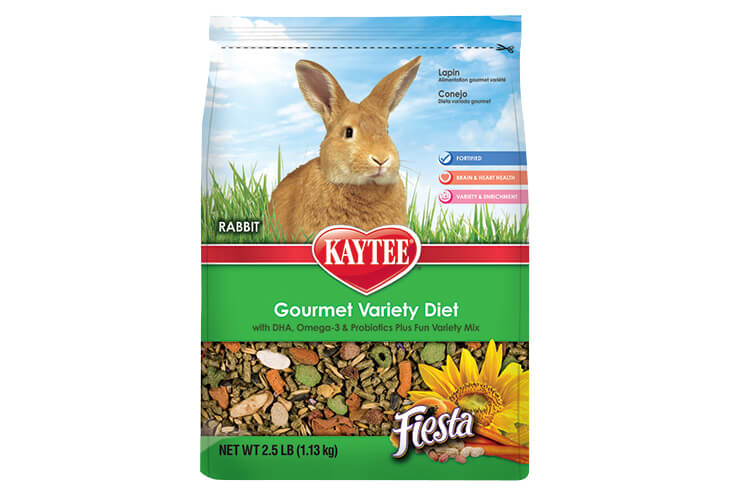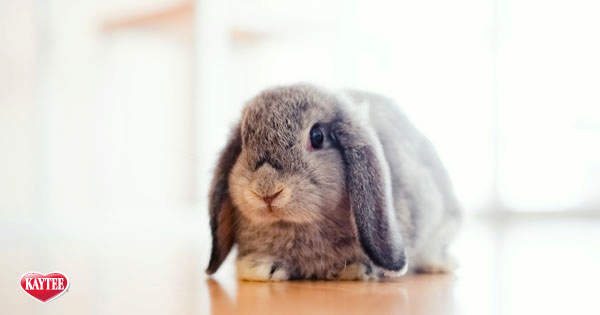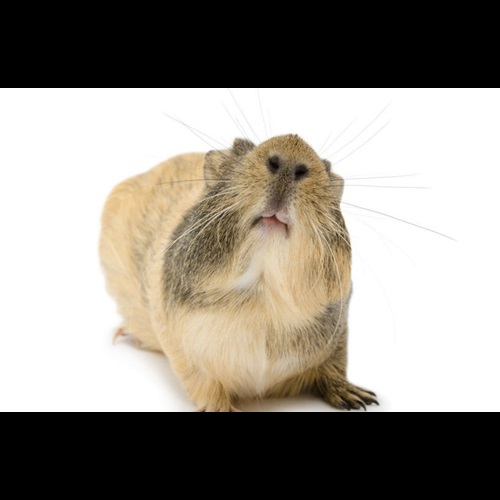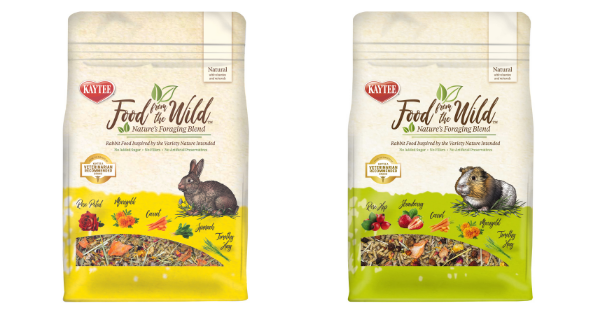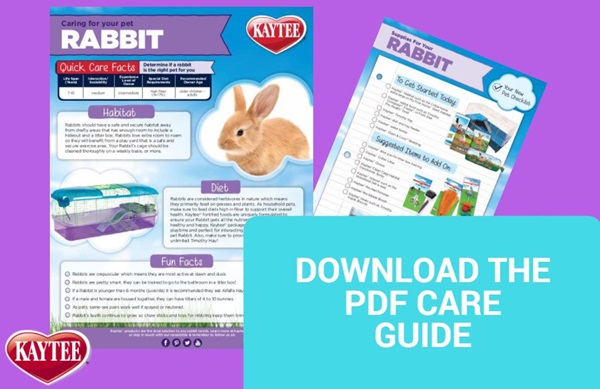How to Bond with your Small Animal
The habitat is all set-up with fun toys for entertainment, a dish filled with food and a bottle topped with fresh water. Now what? It’s time to bond and form a relationship with your small animal. Just like people, each small animal has their own unique personality which can range from curious and energetic to more sleepy and skittish. So, while your pet is acclimating to their new surroundings, observe their natural tendencies and adjust your handling approach accordingly. And most importantly remember, don’t be discouraged if your small animal seems shy and uninterested at first because it takes time and patience to form a lasting bond!
Try These Steps in Helping you Bond with your Small Animal
1. Allow Time for Your New Pet to Adjust
Whether new to the world or new to you, it is important to give your small animal enough time to become comfortable and familiar with their habitat. Although the urge to cuddle them is overwhelming, let them explore and make their new habitat feel like home! When you frequently see them running around and out of their hide box, it may be time to slowly start introducing yourself.
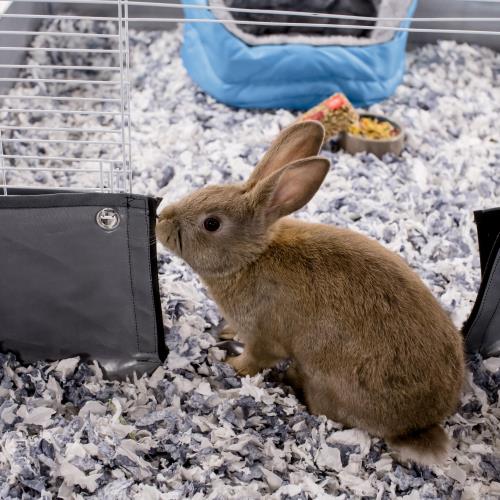
2. Slowly Introduce Yourself and Other Caretakers to your Pet
Start to greet and talk to your small animal when feeding, filling up their water or giving a treat. However, make sure you speak softly and gently in conversational tone so you don’t startle them when approaching. Also, try to be alone or with other primary caretakers as you do not want to overwhelm your new pet! Once they become familiar with your voice and perhaps even comes over to you, try placing a hand in their habitat so they can get used to your scent.
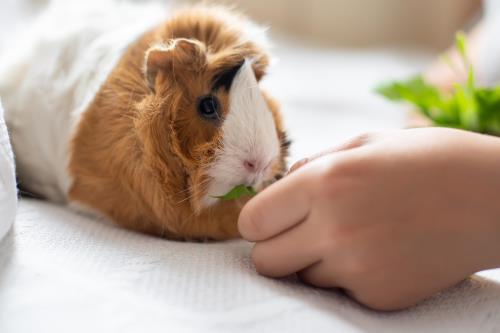
3. Create Relationship Through Petting and Feeding
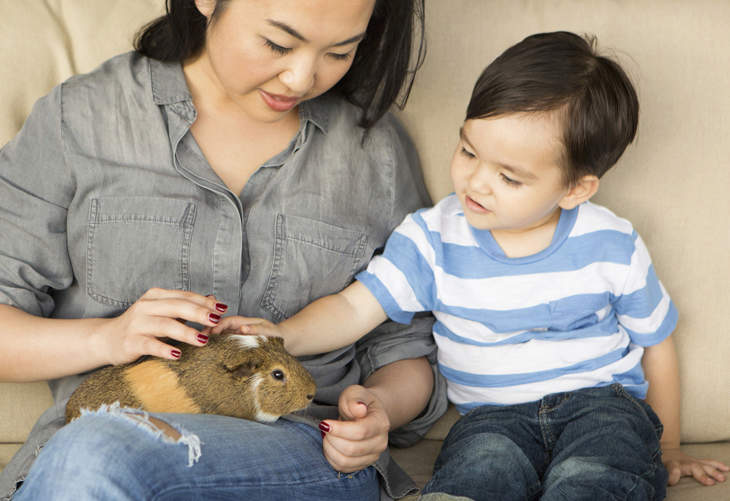
4. Handling with Care
It’s finally time to cuddle your small animal! Before you attempt to pick them up, research how to properly hold your pet to avoid injuring or causing stress on their small frame. For example, Hamsters and Gerbils can be scooped and supported with cupped hands while Rabbits and Guinea Pigs need their hind ends supported in a “football carry.” Never lift them up by their tail, ears, legs or other appendages as this is dangerous and can cause severe injury. As they get more comfortable around you, they may go right into your extended hands when you’re ready to securely pick them up! Once you are ready to place them back down, simply reverse how you picked them up with extra caution so they don’t accidentally escape from your hands.
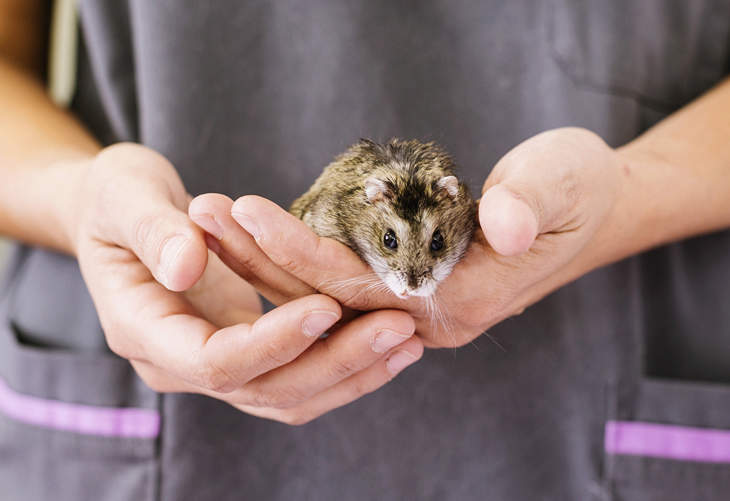
5. Playing Outside the Habitat
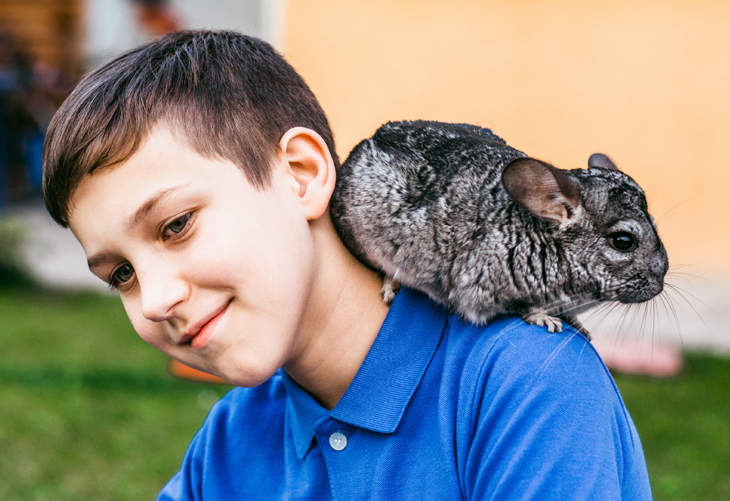
Hopefully, after following these helpful steps you will have a long-lasting bond with your small animal. If you received your small animal as an adult, you may want to consider speaking to the previous owners to learn how they bonded with the animal. This is a great way to quickly determine what did and did not work, however, your home is still new so allow some time for the initial adjustment period. If you are finding difficulty with any of the activities above, try researching the species online or speaking to your local veterinarian. Your animal’s personality is special to them and so will be your bonding journey!
Don't forget to sign up for the Kaytee Newsletter for small pet owners that includes interesting articles, new product guides, coupons, and announcements about your favorite pet and wild bird topics.
